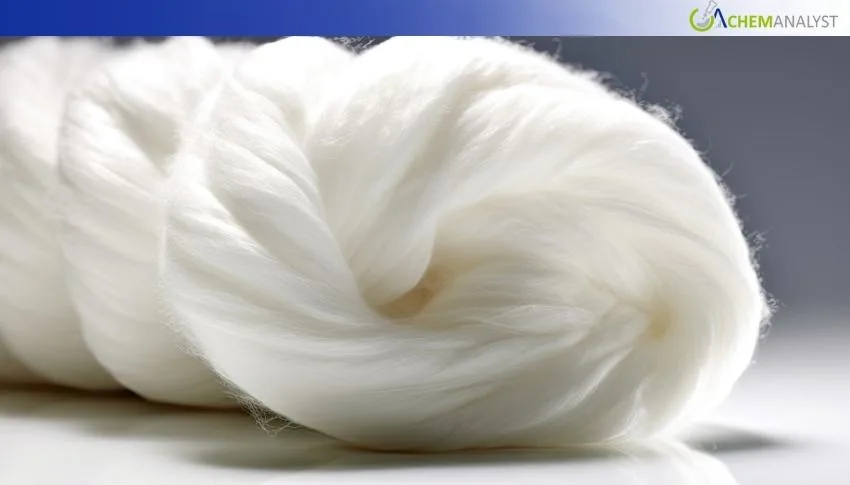Welcome To ChemAnalyst

In the early half of November 2025, prices for the Polyester Staple Fiber (PSF) witnessed a steady trend across the key global markets. This is mainly due to the insufficient downstream market pressure, and the seasonal and trade shift influence, despite the fluctuations across the feedstock markets.
Asian-Pacific market also witnessed a steady PSF price trend. Chinese PSF fluctuated marginally and declined by 0.6% only in November H1. Feedstock markets were mixed, MEG prices declined by 1.79% while PTA prices surged by 1.98% amid tight supply conditions.
Indian PSF market were also stable, amid soft downstream market conditions. Demand for PSF from the downstream market remained unsatisfactory despite the winter arrival. On the exports side, textile exports to the US fell 37.5% between May–September 2025, affected by escalating tariffs (10–50%)
Though the feedstock cost trend differed, MEG prices remained stable. While another feedstock PTA prices increased by 3.24%, but it couldn’t support the prices due to the high supply and weak demand.
Supply is expected to further increase as on November 12, 2025, the Central Government, via the Ministry of Chemicals and Fertilizers (Department of Chemicals & Petrochemicals), strategically rescinded the Quality Control Order (QCO) mandating Bureau of Indian Standards (BIS) certification for Polyester Staple Fibre (PSF)—a cornerstone of synthetic textiles. This bold decision, published in the Gazette of India under notification S.O. 5131(E) (precisely aligned with the original 2022 mandate under S.O. 1651(E)), invokes Section 16 of the Bureau of Indian Standards Act, 2016 (Act No. 11 of 2016) to prioritize public interest, ease compliance burdens, and supercharge sectoral growth.
This may lead to drop the PSF importing costs, customs clearance becomes instant, and supply shortages may end. Domestic textile and apparel sectors gain cheaper raw material, boosting export competitiveness. However, risk of sub-standard imports rises, and local producers face tougher price competition.
In the United States, PSF prices remained steady, underpinned by balanced supply-demand dynamics. Domestic supply was stable due to ample inventory and smooth imports. Though the domestic production costs were soft as prices for the key feedstock MEG declined by 3.85% domestically while feedstock PTA prices were stable. Demand from the domestic market was also steady coupled with the improved monthly sentiments across clothing and apparel sector in October 2025.
European market mirrored the same trend observed across the US market. In Germany, PSF prices were stable coupled with the short-term supply and demand dynamics. Local inventory and overseas imports were ample, restricting any upward rise in PSF prices. Though the domestic feedstock market experienced a bullish trend, prices for the MEG and PTA increased by 1.59% and 2.05% respectively.
We use cookies to deliver the best possible experience on our website. To learn more, visit our Privacy Policy. By continuing to use this site or by closing this box, you consent to our use of cookies. More info.
